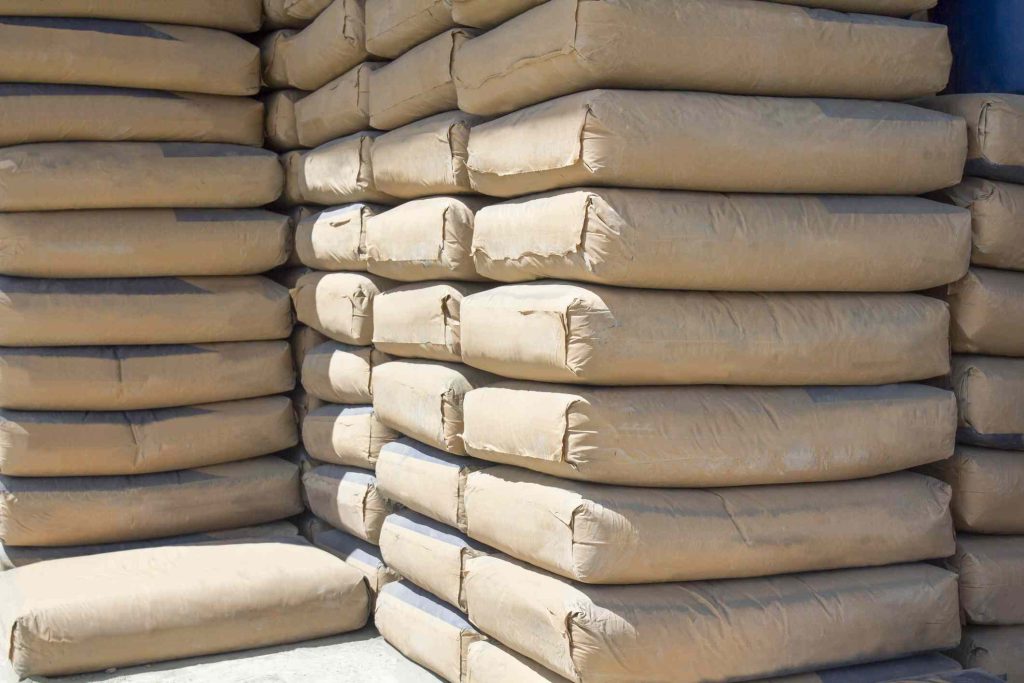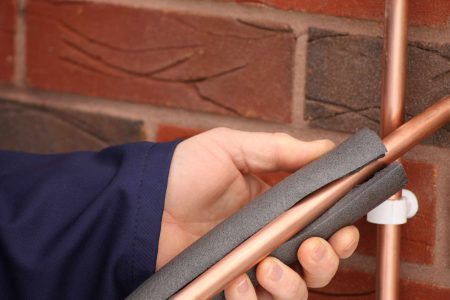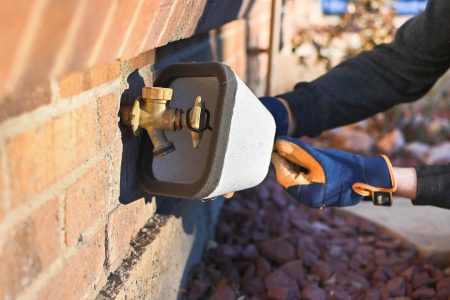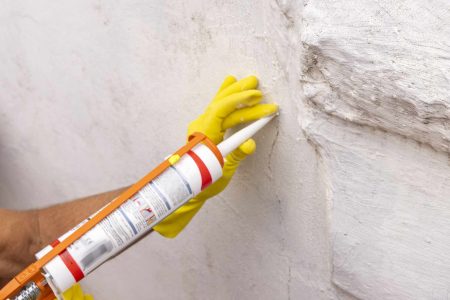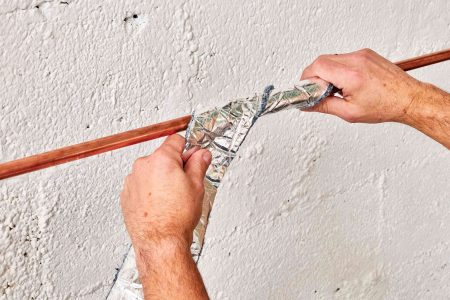For projects around the home like patio slabs, fence posts, walkways, and more, you’ll need to know how to calculate how much concrete you need. Online calculators and tables are helpful. But those calculators are often tied to specific brands. Once you know how to calculate concrete needs, you can apply this skill to any type of concrete, any brand, any project.
How to Calculate Concrete
First figure out how much space you need to fill with concrete. After that, figure out how many bags of dry concrete you need to fill that space.
Using the example of pouring a long, narrow concrete slab for a backyard chicken coop helps you learn how to calculate concrete.
-
Measure the Project Area
How long and wide is the project’s space? Measure the length of one side, then measure the length of an adjoining side. Multiply the two figures to arrive at the area.
Example: The chicken coop’s slab will be 20 feet long and 5 feet wide. Multiply 20 by 5. The area is 100 square feet.
-
Determine the Project Depth
How deep is the concrete fill? Measure the project’s depth.
Example: The chicken coop’s slab will be 6 inches thick. Six inches is the same as 0.5-foot. So, the depth of the slab will be 0.5-foot.
-
Calculate the Project Volume
Multiply the area by the depth to arrive at volume.
Example: 100 square feet of area multiplied by 0.5-foot depth is 50 cubic feet. So, to fill the coop’s form, you will need 50 cubic feet of wet, mixed concrete. But how many bags of dry concrete should you buy?
What Is a Cubic Foot?
A cubic foot is a measurement of volume (or fill) where all six sides of the cube are 1-foot long and 1-foot wide.
-
Determine the Amount of Mixed Concrete Needed
The dry weight of concrete is always prominently listed on the front of the bag. But that’s not what you need. You need to find out how much concrete is produced after the concrete has been mixed with water. To fill 1 cubic foot, you’ll need 133.33 pounds of dry concrete mix.
Example: The chicken coop form needs to be filled with 50 cubic feet of wet concrete. Multiply 50 by 133.33 to arrive at 6,666 pounds of dry concrete mix needed.
-
Determine the Number of Bags of Concrete to Buy
Once you know how many pounds of dry concrete you need, it’s a simple last step to figure out how many bags to buy. Just divide the total weight needed by the weight in each bag.
Example: The coop slab needs 6,666 pounds of dry concrete. You found a good price on palletized 80-pound bags of fast-mix concrete. Dividing 6,666 by 80 produces the rounded up number of 84. So, for the slab, you need 84 bags (or two pallets) of 80-pound concrete.
Calculate How Much Concrete You Need For Common Projects
Concrete Slabs
To pour a 100 square foot concrete slab for patios or sheds, you’ll need:
| 40-pound bags | 50-pound bags | 60-pound bags | 80-pound bags | |
| 4-inch slab | 112 | 89 | 75 | 56 |
| 6-inch slab | 167 | 134 | 112 | 84 |
Concrete Walkways
Walkways leading up to front doors are usually 3 to 4 feet wide and 4 or 6 inches deep. For each linear foot of distance (from the street to the door), you’ll need:
| 40-pound bags | 50-pound bags | 60-pound bags | 80-pound bags | |
| 3 feet wide by 4 inches thick | 4 | 3 | 3 | 2 |
| 3 feet wide by 6 inches thick | 5 | 4 | 4 | 3 |
| 4 feet wide by 4 inches thick | 5 | 4 | 3 | 3 |
| 4 feet wide by 6 inches thick | 7 | 6 | 5 | 4 |
Post Footers
Concrete posts for footers for light-construction posts, gazebos, and fences are constructed by digging the hole, placing the post in the hole, then pouring dry concrete mix around the post. Water is then added on top of the dry mix.
The number of 50-pound bags of dry concrete you will need for the following configurations is:
| 18 inches deep | 24 inches deep | 36 inches deep | |
| 2 inch post / Hole 6 inches diameter | 1 bag | 1 bag | 2 bags |
| 3 inch post / Hole 9 inches diameter | 2 bags | 3 bags | 4 bags |
| 4 inch post / Hole 12 inches diameter | 3 bags | 4 bags | 6 bags |
| 6 inch post / Hole 18 inches diameter | 7 bags | 9 bags | 13 bags |
Read the full article here



